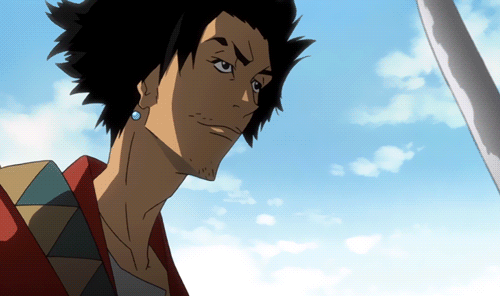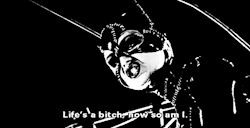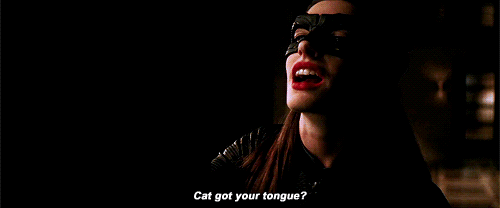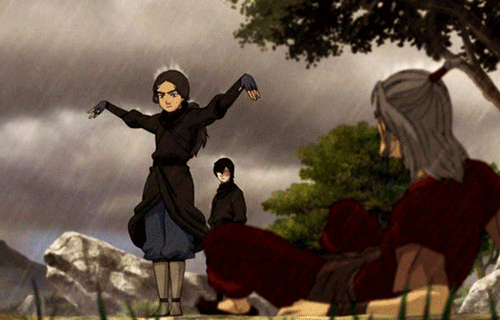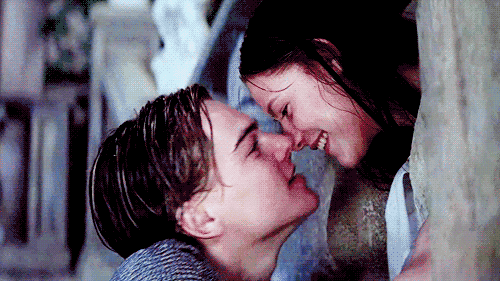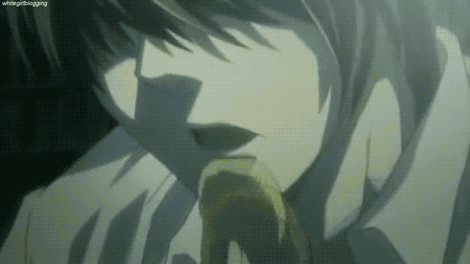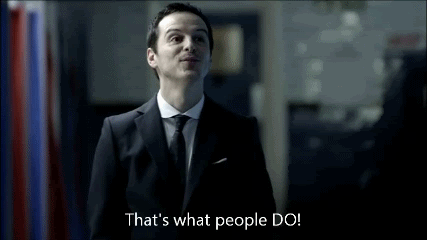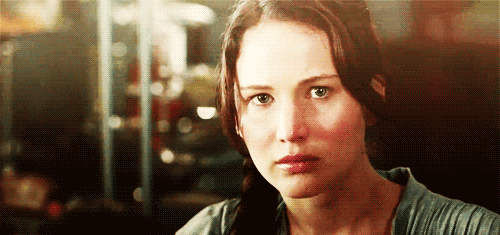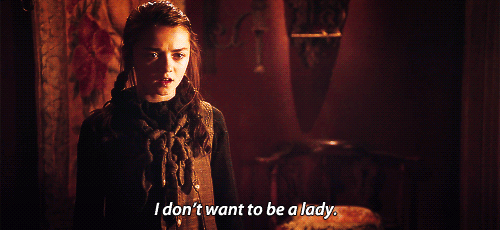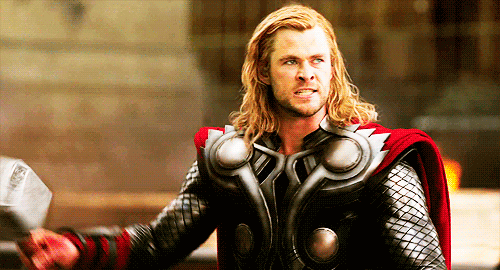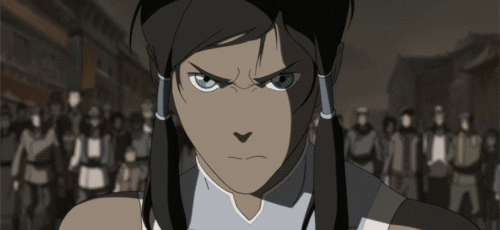To close out our series (I know right? I'm actually finishing it) I want to take a look at a more…
unique hero vs obstacle conflict and one that is very close to my heart. That
being the child vs. growing up. The child is a hero that can fall under any of
the characters I have already discussed, as it is only an age group (Which in
this case I would define as less than twelve). But the important thing about a
young hero is that they aim to connect with a younger audience. And this fact
alone makes them one of the most important heroes out there. Because kids don’t
just want to look up to adults that do heroic things. They also want to be part
of the story.
While they might face any of the obstacles already discussed,
from an intellectual rival to a super villain to the weight of expectations,
one of the primary blockades many of them must face is the concept of ‘growing
up’.
The most obvious example of this is Peter Pan. In all
iterations of this story, children escape to Neverland with Peter Pan where
they never have to grow up. It’s a dreamlike life, full of danger, but also
fun. Just what all kids want. But the problem with Neverland is that you can’t
stay forever without missing out on a lot or having some serious developmental
issues. You can’t just refuse to grow up without facing the consequences. And
so, inevitably, heroes like Wendy Darling end up returning to the real world,
though this time having accepted growing up.
Growing up becomes a literal obstacle in the Gone series
when people over the age of 14 start disappearing. Here, the oldest children
must mature very quickly and take on roles of leadership and responsibility that
they never would have before. This is a darker take on the child vs
growing up trope as many of these children face disastrous consequences. It’s a
pretty twisted series. But it shows the opposite of Peter Pan’s ‘dangers of not
growing up’ with ‘the dangers of growing up to fast’. What we get from both of
these tales is that this whole 'aging' thing is a tricky business.
These are stories that all kids can relate too, but I
especially had an intense personal connection with these narratives. As a kid I
was desperately afraid of growing up, not even for fear of adult
responsibilities but for fear that I would lose my imagination if I did.
In many ways, adults seemed so much more cynical, realistic and down to earth
and I feared that once I became an adult I would lose all of my childlike
sensibilities. I thought there was a real difference between children and
adults and that when you flipped a switch you became one.
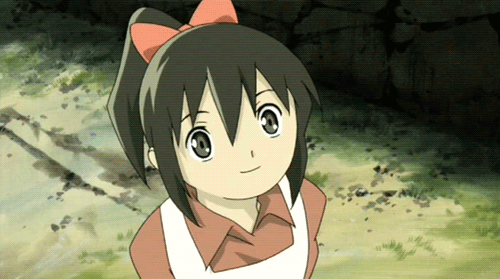
There’s an episode of
Kino’s Journey in which children get a procedure when they reach a certain age
that makes them content with dull, meaningless lives. And that is actually what
I thought would happen. My nightmare personified.
Of course now, looking back on it, I know that’s not true.
But its important for children to have models, while they’re growing up, to
show them that the process isn’t so bad. We may change as we age, but we also
gain experience, and often times become stronger. We always stay the same
essential person at our core.
It’s these characters and stories that help children
appreciate both childhood and growing up for all of their merits.






